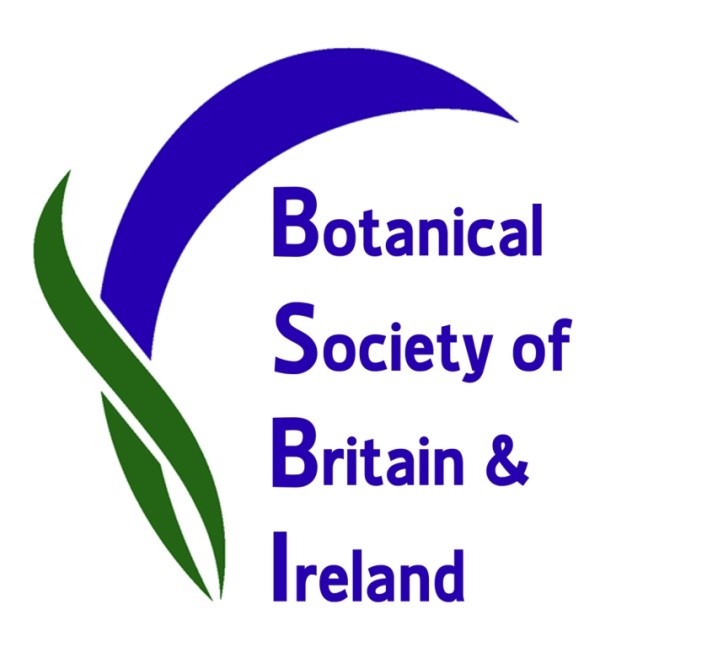Dumfriesshire Botany Group at Lochmaben, 24th August 2023
We had a fine warm day for our meeting at Lochmaben. Seven of us explored the north end of the Castle Loch and the southern side of the Mill Loch with a bit of the Kirk Loch en route. The aim was to try to find some of the aquatics not seen for a while alongside general recording.
We had parked by the bowling club and so were in our first monad from the start. Bob fished plants out of the loch and others looked at plants on the fringes of the loch as far round as the sailing club. The first aquatic in Castle Loch was Rigid Hornwort Ceratophyllum demersum. Sizable pieces of this were washing up around the shoreline. Mixed with them was Ivy-leaved Duckweed Lemna trisulca and both Nuttall’s Waterweed Elodea nuttallii, and Canadian Waterweed Elodea canandensis. The former is possibly more abundant than the latter. Near the sailing club house there was the narrow leaved Small Pondweed Potamogeton berchtoldii amongst the Rigid Hornwort. In the reedswamp dominated by Reed Sweetgrass Glyceria maxima and Common Reed Phragmites australis we saw Cowbane Cicuta virosa, Purple-loosestrife Lythrum salicaria and Gypsywort Lycopus europaeus.
Away from the Loch there were a few less common colonists in ruderal situations and hedge bottoms. The previously known White Campion Silene latifolia remains in the bowling club hedge bottom and on the other side of the green the hedge has Greater Celandine Chelidonium majus. Neither are common in the County. On the edge of the car park the broadly round leaved Apple Mint Mentha x villosa was in flower.
After lunch in the park we left the Castle Loch and cut through to the Kirk Loch a little bit of which falls within the same monad. Here we were able to add White Water-lily Nymphaea alba and Trifid Bur-marigold Bidens tripartita to our list. This was growing along the edge of the camping site path and displaying its deeply lobed petiolate leaves on winged petioles.
We reached the Mill Loch with its display of Fringed Water-lily Nymphoides peltata just fading from its full glory. However here it is regarded as a troublesome non native and covers large areas of the shallower parts fo the loch. Another problem for the Mill Loch is the way that the houses that back onto the Loch, garden their respective edges of the loch. This has led to a good many non native shrubs and herbs being planted and may be the way the Fringed Water-lily first got into the loch. The Loch remains an SSSI.
As we moved along the edge of the loch we saw a similar range of species as in the Castle Loch. Mill Loch is more mesotrophic though so there is a greater variety of true aquatic species. Here we saw quite a lot of Various-leaved Pondweed Potamogeton gramineus rooted in the shallows and we picked up Blunt-leaved Pondweed Potamogeton otusifolius. Along more open parts of the shore where the cattle graze there was a lot of Nodding Bur-marigold Bidens cernua. It has toothed unlobed sessile leaves. With the high water levels and extensive growth of Fringed Water-lily there was little chance of finding Six-stamened Waterwort Elatine hexandra a target species for the Mill Loch not seen since 2009.
One interesting plant was spotted by Sarah. Growing near Yellow Iris Iris pseudacorus were narrow bright green leaves with transverse wrinkles and when crushed these had a sweet smell. To some this was rather like cologne. This was Sweet-flag Acorus calamus, a naturalised non native. It has rather interesting flowers like a lateral spadix reflecting its close relationship to Arum though it sits in its own family the Acoraceae. This is only the third recorded location for it in the county.
Chris Miles
BSBI county recorder for Dumfriesshire VC73 – see bsbi.org/dumfriesshire

